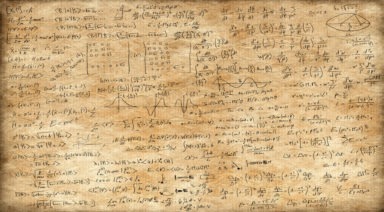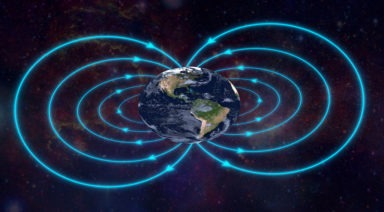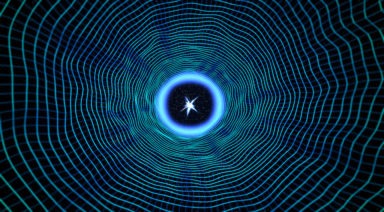A Glowing Rogue Planet Was Spotted Drifting Near Our Solar System
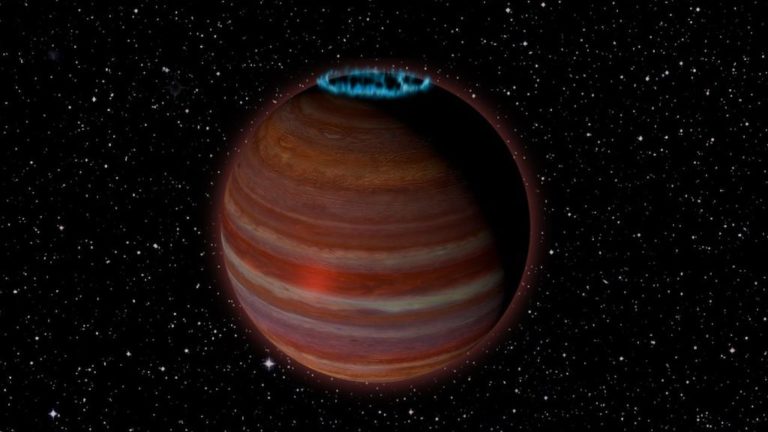
In 2016, scientists stumbled upon a massive object just beyond our solar system, which they believed was a ‘failed’ brown dwarf star. Now, a paper published in the Astrophysical Journal has reclassified it as a rogue planet and it’s got some pretty bizarre characteristics.
Given the rather boring, scientific moniker SIMP J01365663+0933473, this newly classified planet is just below the threshold of brown-dwarfdom, typically set at 13 times the size of Jupiter. Weighing in at a mere 12.7 times the size of Jupiter, this mega-planet also has a magnetic field 200 times stronger than the gas giant we know. And it’s floating through space, untethered to any star.
Scientists observed some bright and powerful auroras near the planet’s polar regions due to its intense magnetic field – think the Northern Lights like you’ve never seen them before. This happens when charged solar particles bombard the planet, before being ionized by its magnetosphere.
The planet is relatively young, about 200 million years-old, and is drifting about 20 light-years away from us – a relatively short distance on a cosmic scale.
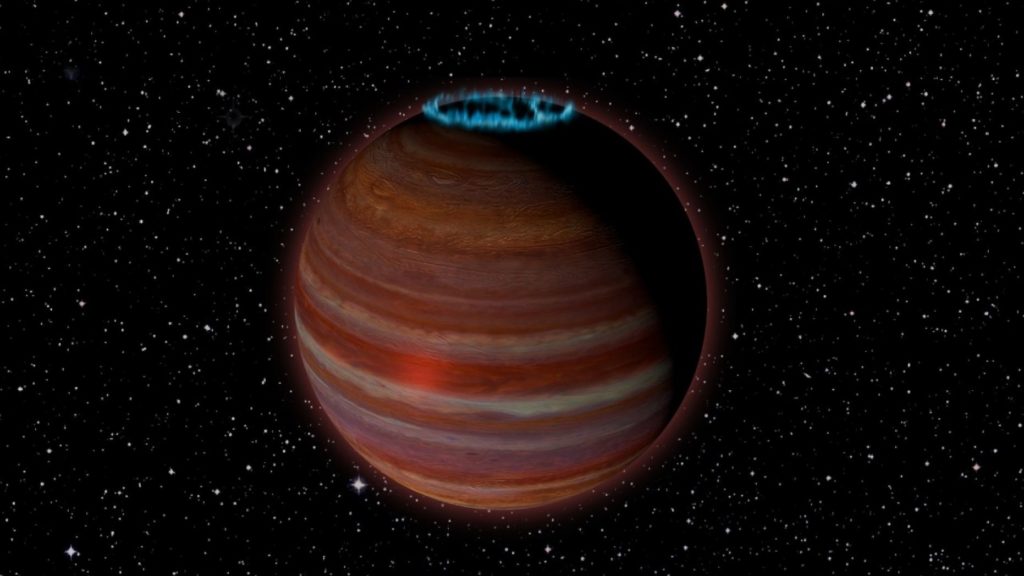
Artist’s representation of SIMP Credit:Credit: Caltech/Chuck Carter; NRAO/AUI/NSF
Sometimes rogue planets can become “captured” by another star and join the ranks of its solar system. This planet is currently being pulled by the gravitational force at our galactic center, but if it came close enough to our sun it could be sucked into its gravitational pull. In this scenario, a rogue planet might find itself crashing into other planets in our neighborhood, knocking into them like a pool cue and causing mass chaos.
This is unlikely to happen with SIMP, but scientists believe there could be a multitude of these rogue planets floating through the galaxy and occasionally wreaking havoc on unsuspecting solar systems, ahem, Nibiru?
The discovery of SIMP came about through the detection of its strong auroral radio emissions and scientists hope to use this method to discover more rogue planets. It would have been nearly impossible to have detected it otherwise, due to its lack of a parent star.
As we find more of these rogue planets in our cosmic region, it will hopefully tell us more about our place in the galaxy and what our future trajectory looks like. This prospect is exciting as long as we don’t find ourselves on a terminal collision course.
Could New Unexplained Fast Radio Bursts Be Alien Signals?

A repeated galactic burst of energy coming from three billion light-years away has been detected again and astronomers don’t know what it is. First observed in 2007, this phenomenon called a fast radio burst (FRB) lasts only a fraction of a second but puts out massive amounts of energy, and some put out repeated signals.
Marc D’Antonio, astronomer and Gaia News contributor weighed in on this phenomenon.
“These fast radio bursts are what they sound like, radio bursts, that is down in the long-length end of the spectrum, they’re red in the spectrum— the light you can’t see. They happen in just a few milliseconds, but we usually see them from galaxies that are billions of light-years away, which implies they have a massive strength to get here with the kind of intensity that they do. So that was a mystery. Then we theorized about, or astrophysicists theorized about, stars like the pulsar, which is a neutron star but far more magnetic,” D’Antonio said.
“That means that if these stars have massive magnetic fields, then they have this rarified atmosphere that includes electricity and magnetic fields and then the surface of the star itself. And under certain conditions, those stars could emit basically like a shockwave pulse, a resonant pulse — that is like waves, you know you push waves in a pool and eventually one of them is going to get really big, well that really big wave is a resonant wave, it’s the one that they all add together. And sometimes that happens with these magnetars as they’re called, these gigantic, highly magnetized neutron stars that send out this very, very rapid pulse — POW!”














